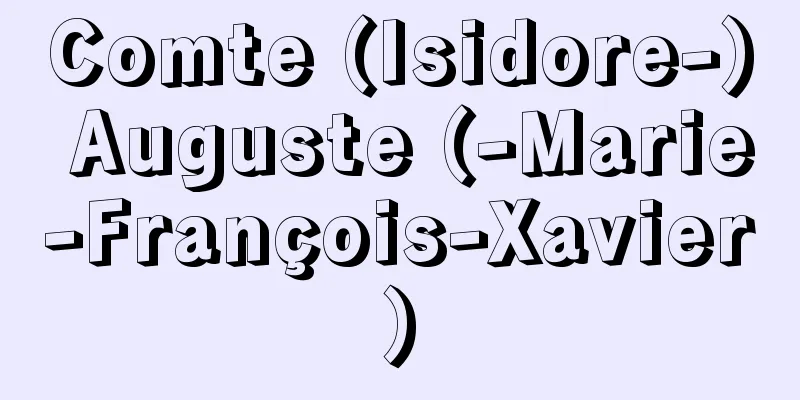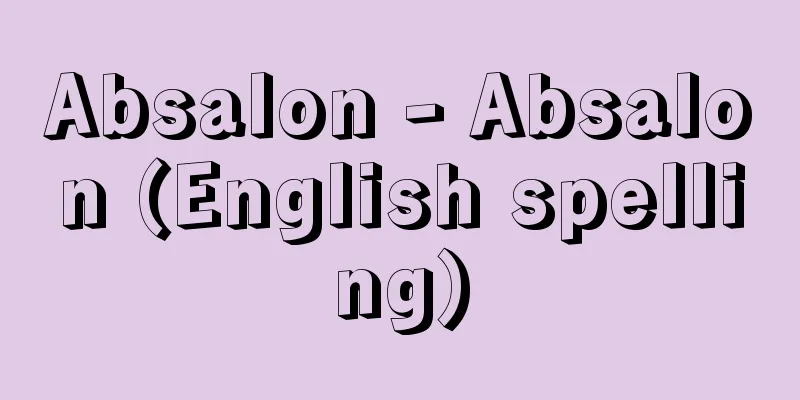Article 1 Law - Ichijoho

|
…This tax law was a system in which taxes and hard labor, which had previously been divided into many categories, were paid in silver, and each category was consolidated into one item, to be paid in silver. It is considered correct to write it as "Ichijo Henho," but it is sometimes written simply as "Jobei" or "Ichijoho." The original principle of the Ming tax law was to collect summer taxes and autumn grain as land taxes, and to require the payment of rice, wheat, etc. in kind. *Some of the terminology explanations that refer to the "Article 1 Law" are listed below. Source | Heibonsha World Encyclopedia 2nd Edition | Information |
|
…従来多くの項目に分かれて割り当てられていた租税,力役(徭役(ようえき))を銀納化し,各項目を一条にまとめて銀で納入させることにしたのがこの税法である。一条編法と記すのが正しいとされるが,単に条鞭とも一条法と記すこともある。明の税法は本来は土地税として夏税(かぜい)・秋糧を徴し,米,麦などの現物を納入させるのが原則であった。… ※「一条法」について言及している用語解説の一部を掲載しています。 出典|株式会社平凡社世界大百科事典 第2版について | 情報 |
<<: Location information - Location information
Recommend
Ennen-gashira - Ennentou
〘Noun〙[1 ] The head of the Ennenmai dance, a form ...
Sunlight hours
The time from when the center of the sun appears ...
Artesian well
…They are not classified by depth, but the former...
Mikanohara
The name of the northern part of Kamo-cho, Soraku-...
Akemi - Collection
…Hyeonggeoseogeoseogan means the shining king, an...
Gorytos (English spelling)
A case for bows and arrows used by the Scythians, ...
Puy‐de‐Dôme (mountain)
The highest peak of the Dôme massif at the norther...
Antinomy
Antinomy is a contradiction between two principles...
Toyono [town] - Toyono
A former town in Shimomashiki District, central Ku...
Gogarten, Friedrich
Born: January 13, 1887 in Dortmund [Died] October ...
Mysore thorn (English spelling) Mysorethorn
...4 to 9 seeds are inserted. It grows in Honshu ...
Business analysis - English
It is a method of examining various documents and...
Ieshima
The old name of a town (Ieshima-cho) in Shikama-g...
Immigration Restriction Act
In the second half of the 19th century, the numbe...
The Will Rogers Trilogy
...People like John Wayne, Maureen O'Hara, an...
![Miho [village] - Miho](/upload/images/67ccf58999f81.webp)
![Horokanai [town] - Horokanai](/upload/images/67ccdeea3420b.webp)


![Yunotani [Village] - Yunotani](/upload/images/67cd14c8e9f26.webp)




